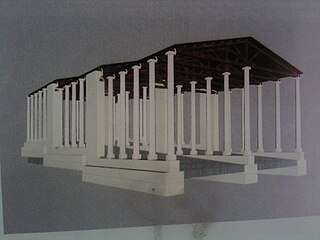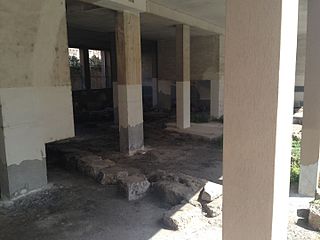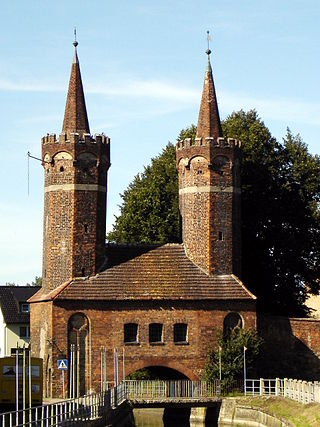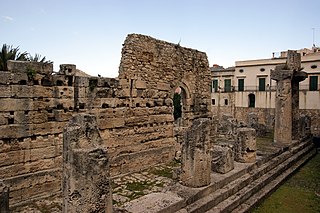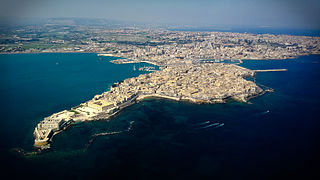Self-guided Sightseeing Tour #4 in Syracuse, Italy
Legend
Guided Free Walking Tours
Book free guided walking tours in Syracuse.
Guided Sightseeing Tours
Book guided sightseeing tours and activities in Syracuse.
Tour Facts
1.9 km
23 m
Experience Syracuse in Italy in a whole new way with our free self-guided sightseeing tour. This site not only offers you practical information and insider tips, but also a rich variety of activities and sights you shouldn't miss. Whether you love art and culture, want to explore historical sites or simply want to experience the vibrant atmosphere of a lively city - you'll find everything you need for your personal adventure here.
Activities in SyracuseIndividual Sights in SyracuseSight 1: Arsenale greco
The Greek arsenal of Syracuse is a part of the small port, called Lakkios, where boats were built and repaired in ancient times. To facilitate the work, they could be pulled ashore when they suffered breakdowns or to be able to restructure the hulls.
Sight 2: Terme di Dafne
The baths of Daphne, also known as the Bath of Daphne, are part of a Syracusan archaeological complex, inside which the so-called Greek arsenal of Syracuse was already found, located near the small port of the city, precisely between the foundations of a civil building west of the Greek arsenal.
Sight 3: Porta Urbica
A city gate or city gate is an architectural element that is part of the city walls that surround, or surrounded, a town.
Sight 4: Tempio di Apollo
The Temple of Apollo is one of the most important ancient Greek monuments of Magna Graecia on Ortygia, in front of the Piazza Pancali in Syracuse, Sicily, Italy.
Sight 5: Fountain of Diana
Get Ticket*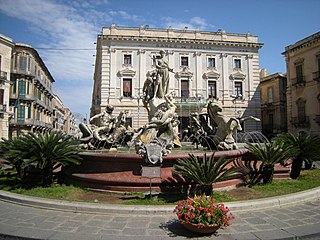
The Fountain of Diana is a monumental fountain from 1907 by Giulio Moschetti, with the collaboration of his sculptor son Mario Moschetti, located in Piazza Archimede in Syracuse.
Sight 6: Isola di Ortigia
Get Ticket*Ortygia is a small island which is the historical centre of the city of Syracuse, Sicily. The island, also known as the Città Vecchia, contains many historical landmarks.
Share
How likely are you to recommend us?
Disclaimer Please be aware of your surroundings and do not enter private property. We are not liable for any damages that occur during the tours.
GPX-Download For navigation apps and GPS devices you can download the tour as a GPX file.
